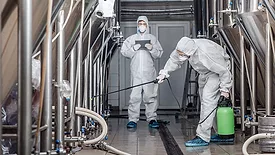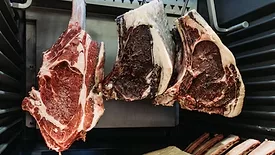Home » Keywords: » microbial control
Items Tagged with 'microbial control'
ARTICLES
BIZTRACKS
Raslysation Could Replace Pasteurization, Uses UV for Microbial Inactivation of Liquids
February 1, 2023
IMAGE GALLERIES
Never miss the latest news and trends driving the food safety industry
Newsletters | Website | eMagazine
JOIN TODAY!Copyright ©2026. All Rights Reserved BNP Media.
Design, CMS, Hosting & Web Development :: ePublishing












